|
"Something interesting I have discovered in my identity research" ... by Joan Reddy From what I have found, aside from First Nations peoples within what is now called Canada, Acadians are the only other community of peoples who can classify themselves as a unique nationality and culture if born in this country. All other people are classified as Canadian, even if they are children of a European parent who was born in their homeland. For example: lets say you are Irish, or a Scot, or Italian, etc...unless you were born and grew-up in that country and learnt the culture, you are only a Canadian or American with Irish or Scot or Italian ancestry. You cannot claim to be Irish, only a Canadian with Irish heritage. People from the homeland country do not recognize you as one of them, if you were not immersed in their culture while living in that country. Acadians and First Nations peoples are the only communities who are Canadian by citizenship, but still fully maintain their unique cultural identities because their ancestors were here before this land became Canada. In other words, we are Canadian citizens, but we are not Canadian. We are Acadians! Source: The Maryland Gazette (Annapolis, Maryland) - Thursday February 10, 1757
Excerpt was re-printed with the express permission of Newspapers.com Link to: d'Entremont, Y. (2024, January 25). "Exploring how language and health connect in two Nova Scotia Acadian communities: Is there a thread that connects these two regions?" Halifax Examiner. https://www.halifaxexaminer.ca/francophone-nova-scotia/exploring-how-language-and-health-connect-in-two-nova-scotia-acadian-communities/
... where shipwrecked survivors lived fourteen days in the woods, eating only two potatoes a day (each) and a "little pork got from the wreck" and then finally made their way to Cheticamp, by boat, where French and Indians there helped them out. Source: Jackson's Oxford Journal (Oxford, Oxfordshire, England) · 7 Feb 1818, Sat · Page 4
Downloaded on Feb 10, 2024 Clipping was re-printed with the express permission of Newspapers.com. News and Reflections: "An account of the customs and manners of the Micmakis and Maricheets [tr.] from an original Fr. manuscript-letter," written by a French abbot [A.S. Maillard]. 1758
[Not in Copyright] Source: https://books.google.com/books?id=2AXFxyflMBgC&oe=UTF-8 See also: https://archive.org/details/anaccountcustom00mailgoog/page/n122/mode/2up |
Archives
June 2025
Category
All
|


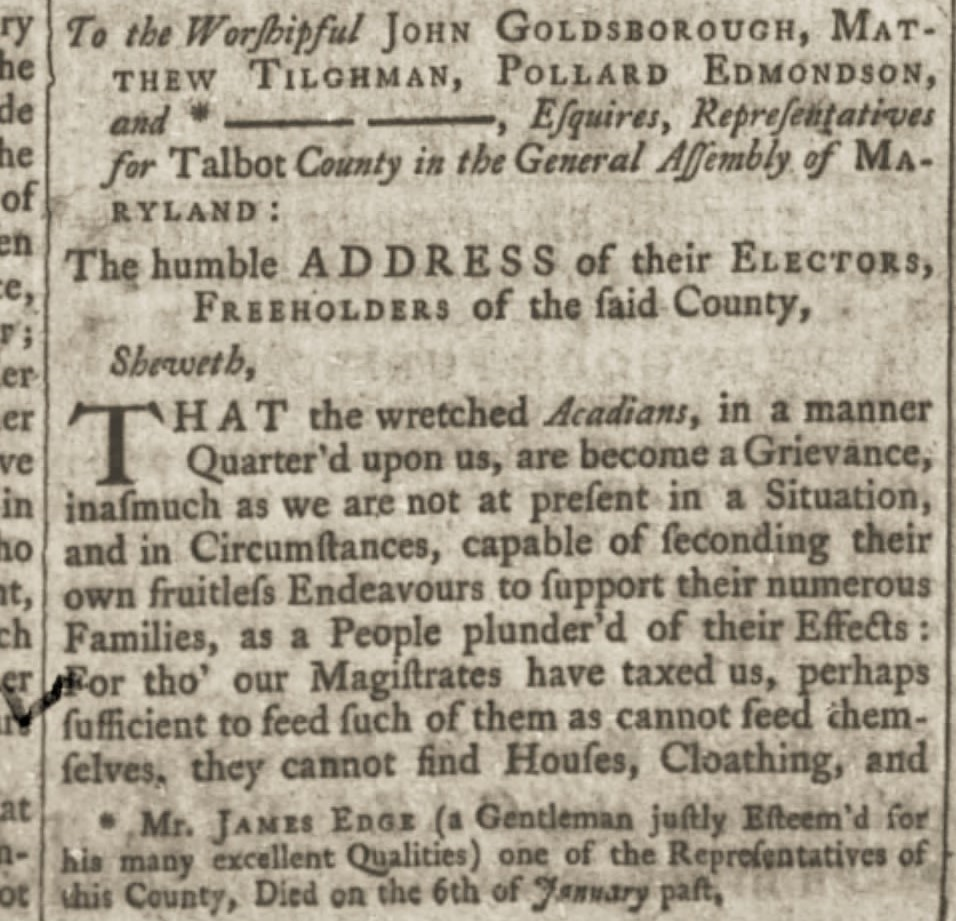
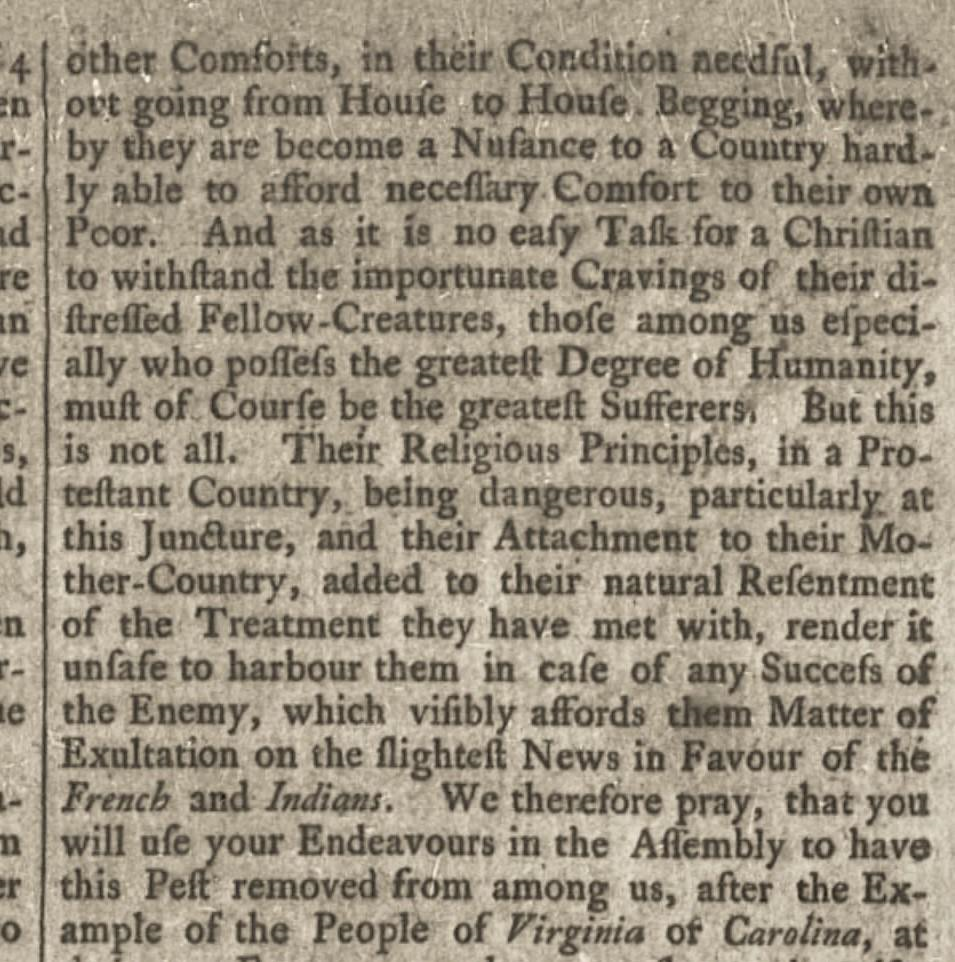


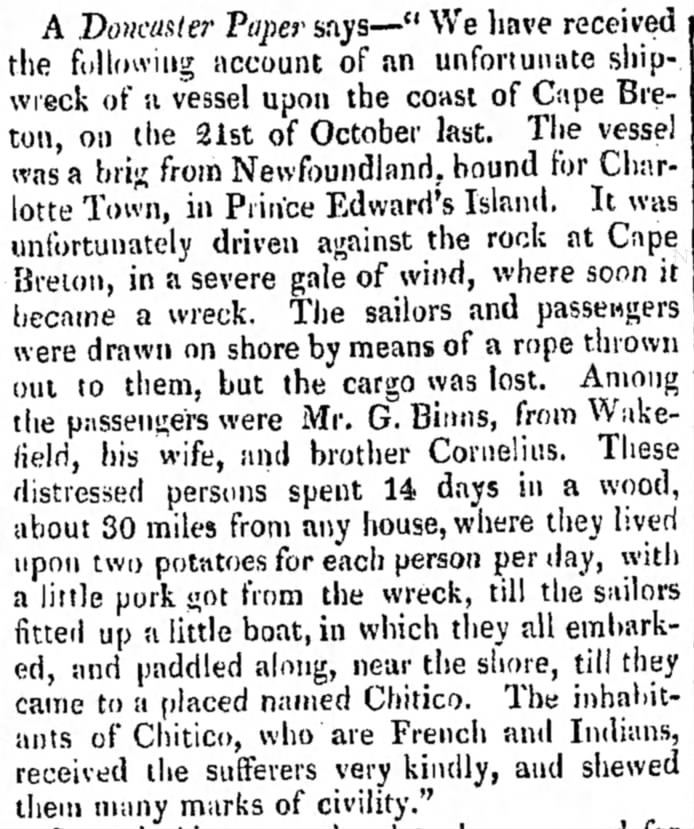
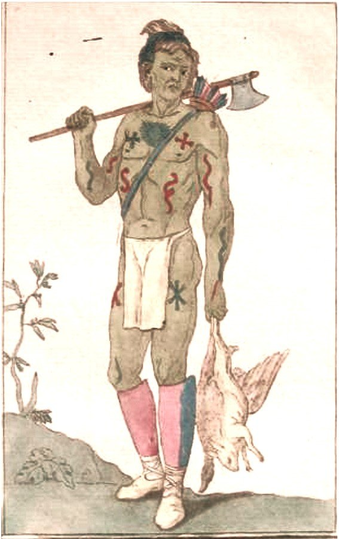
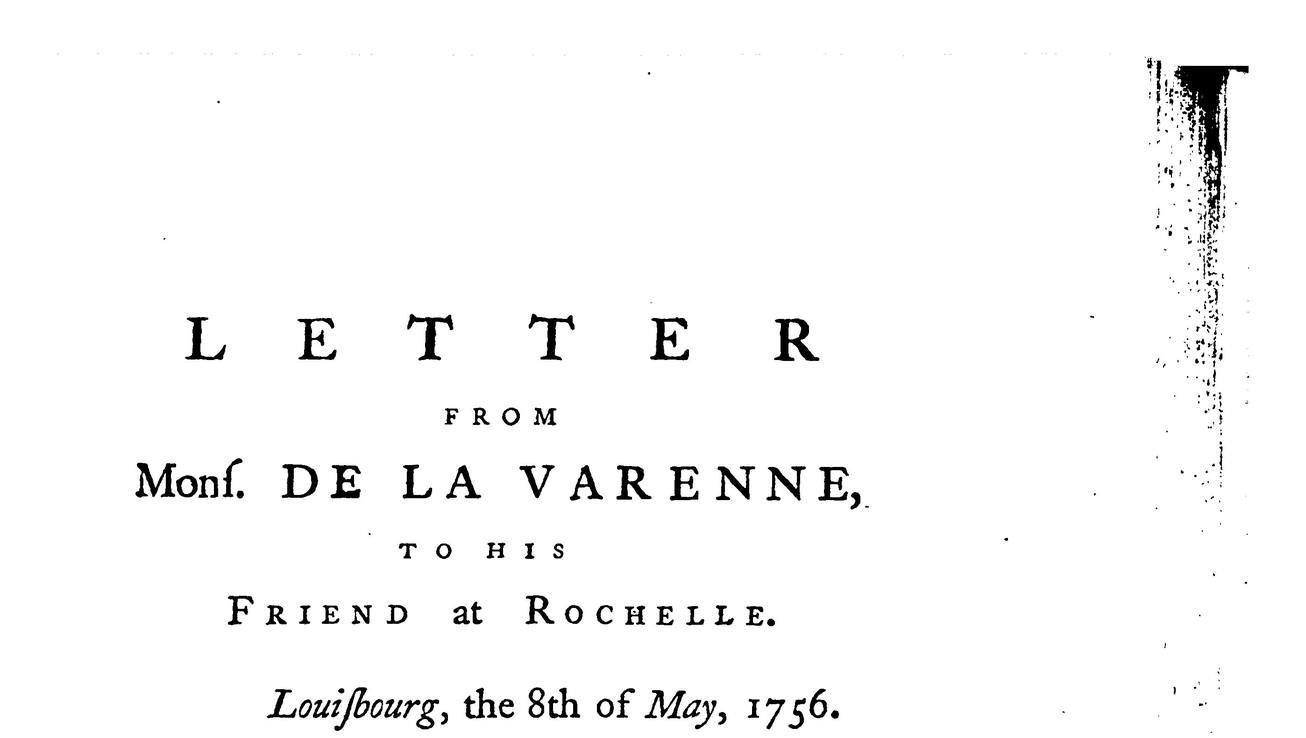
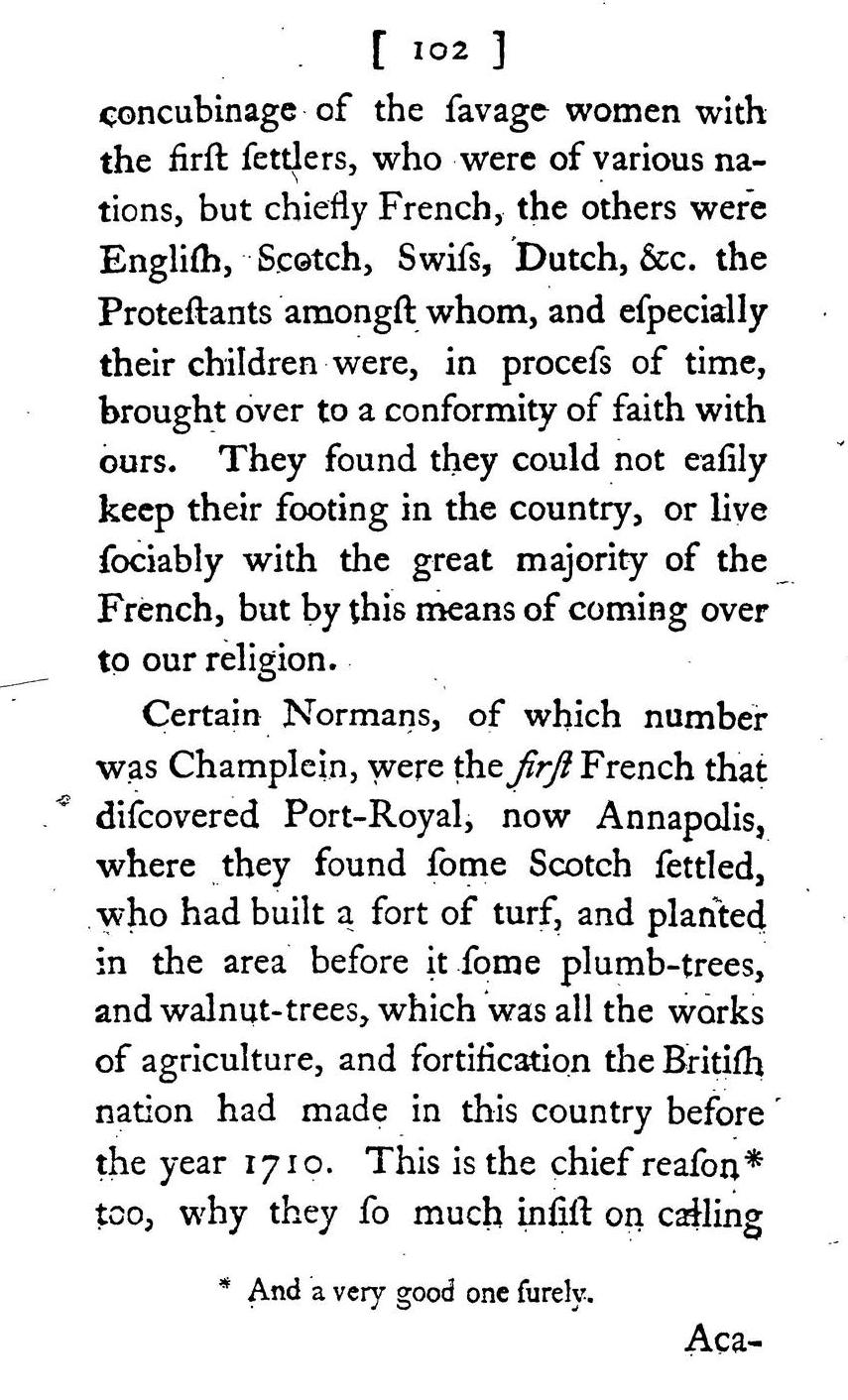



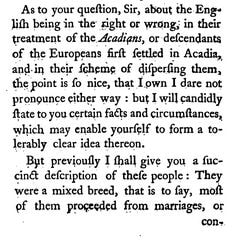
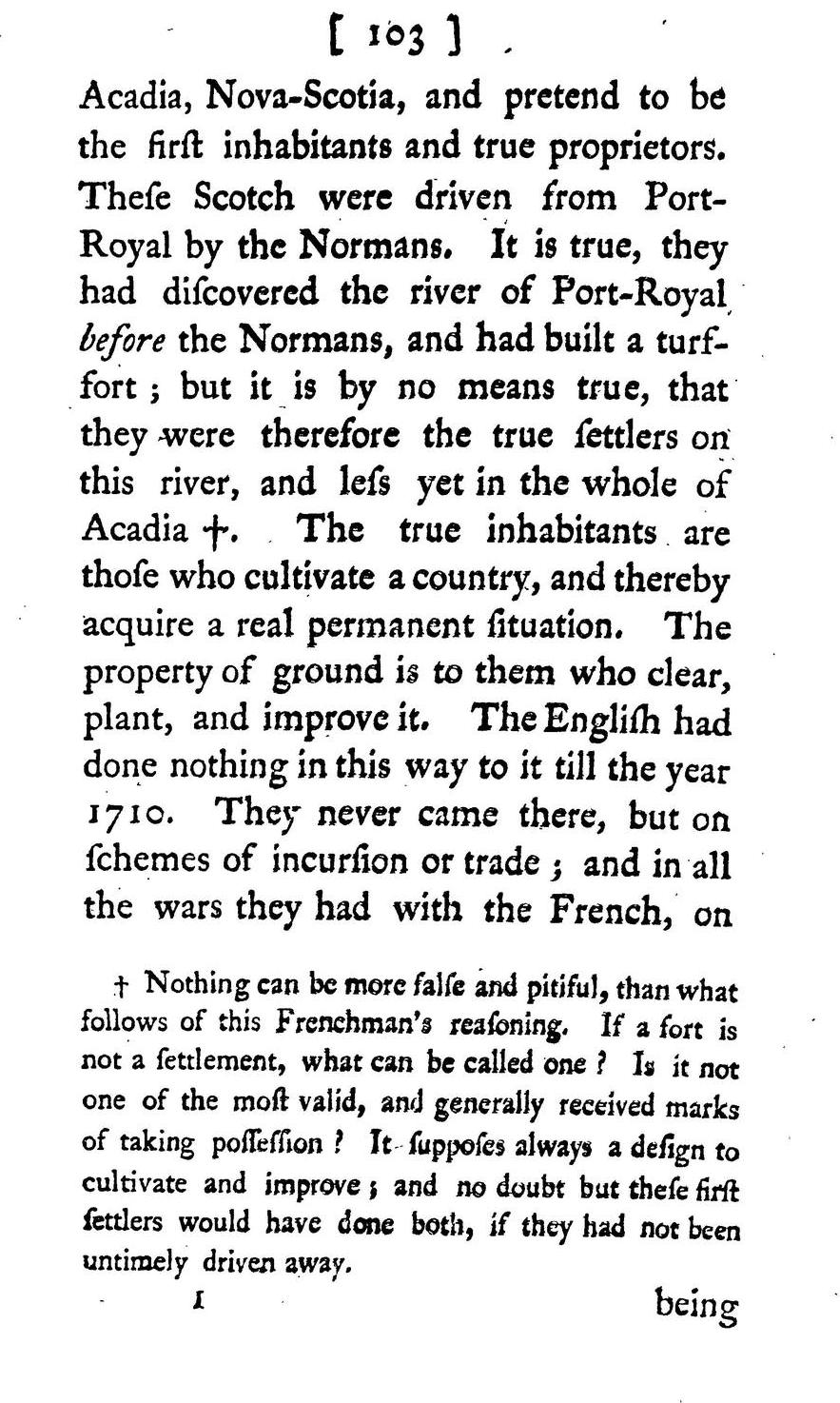



 RSS Feed
RSS Feed


